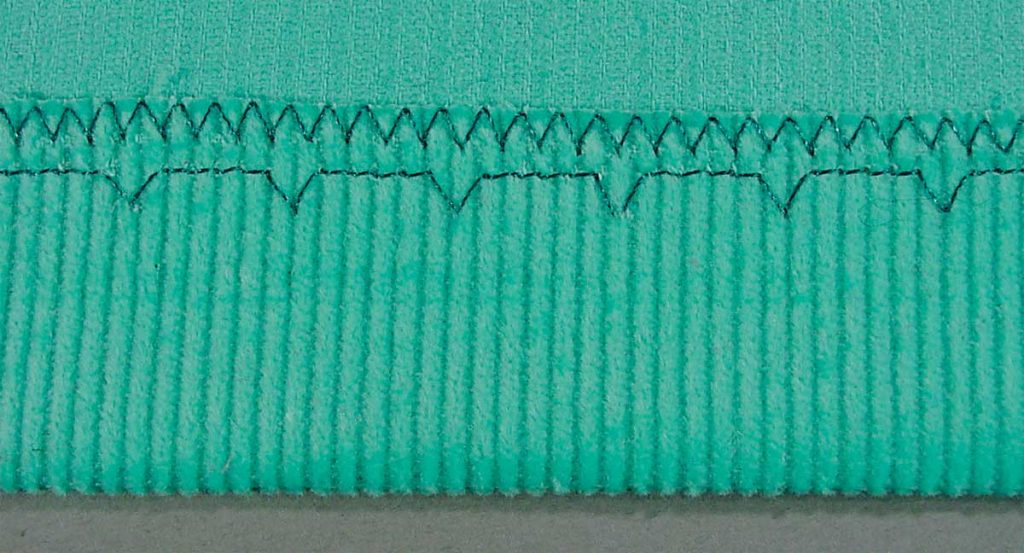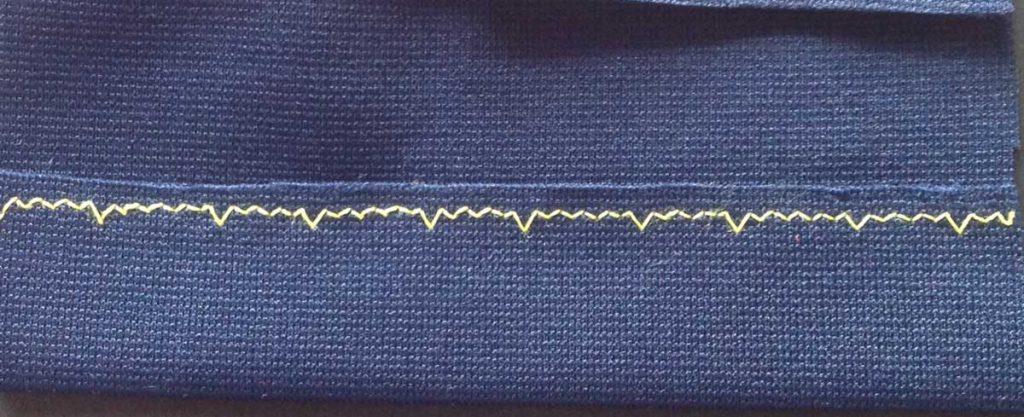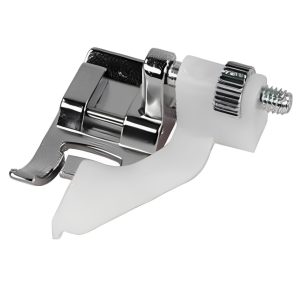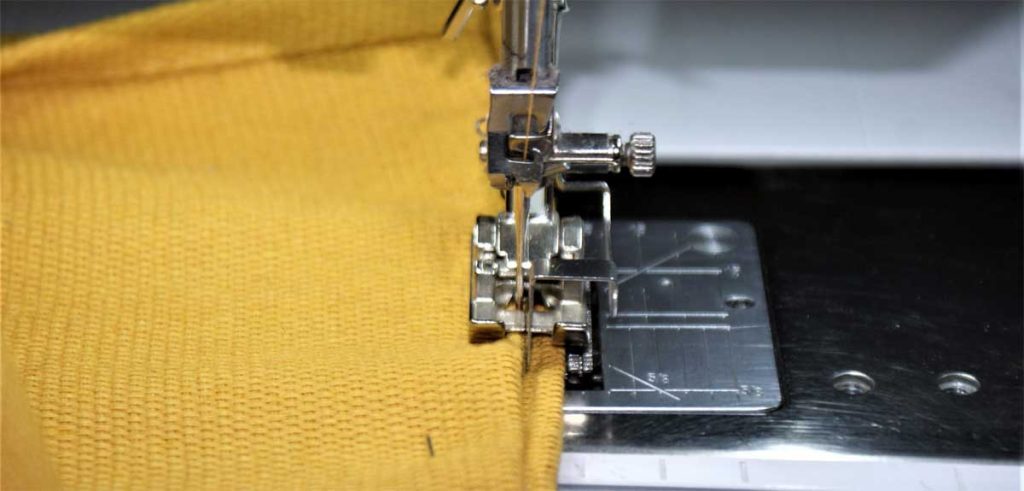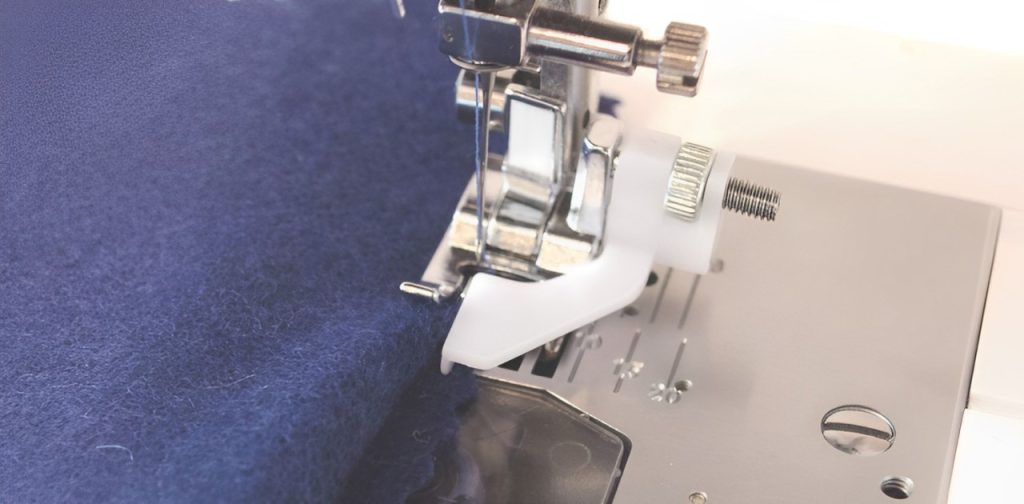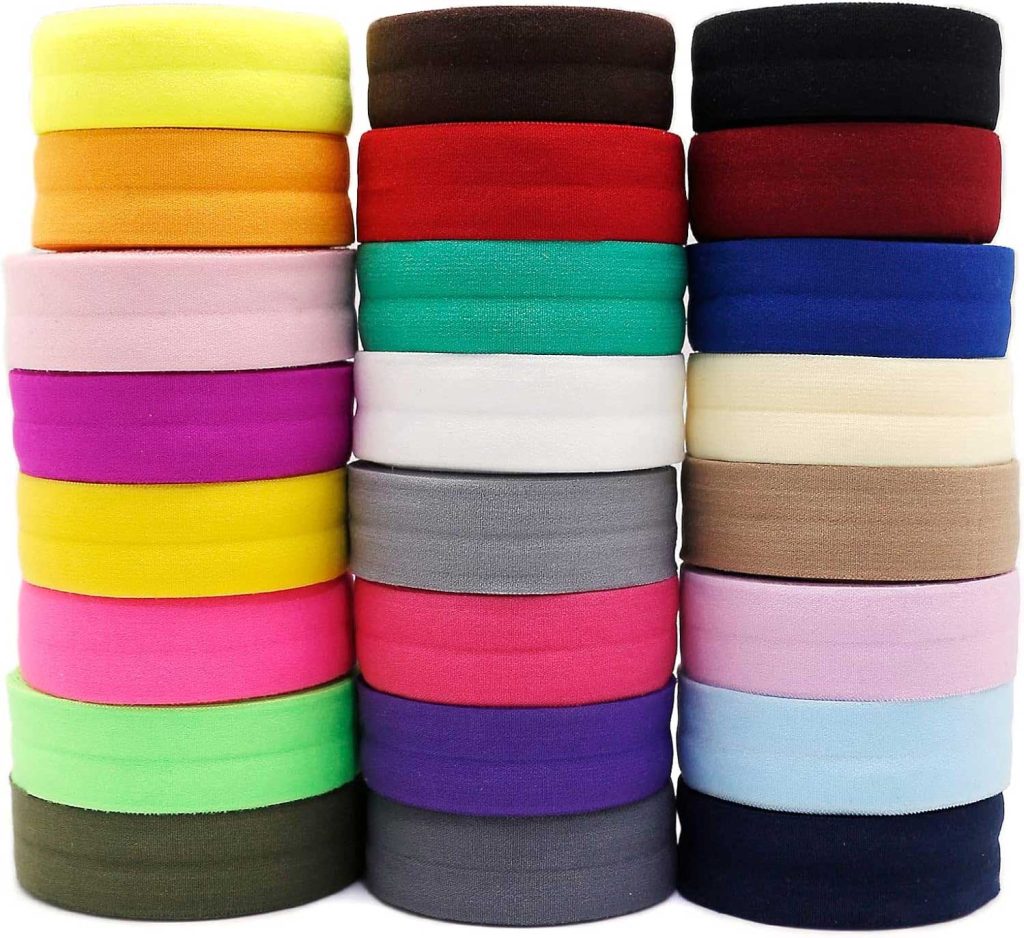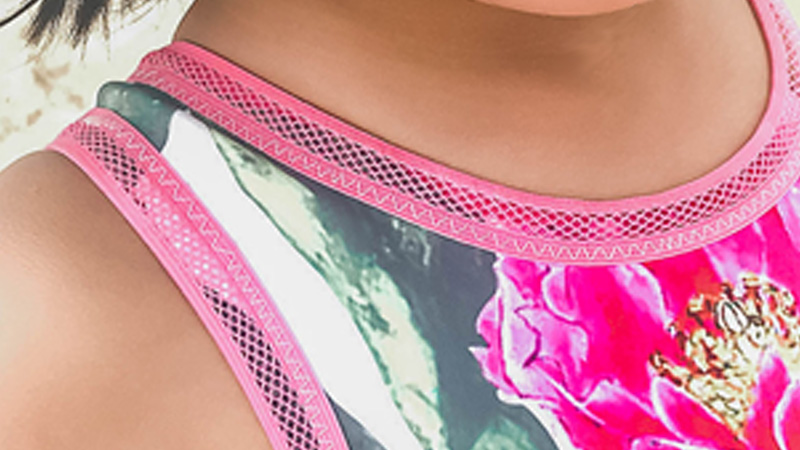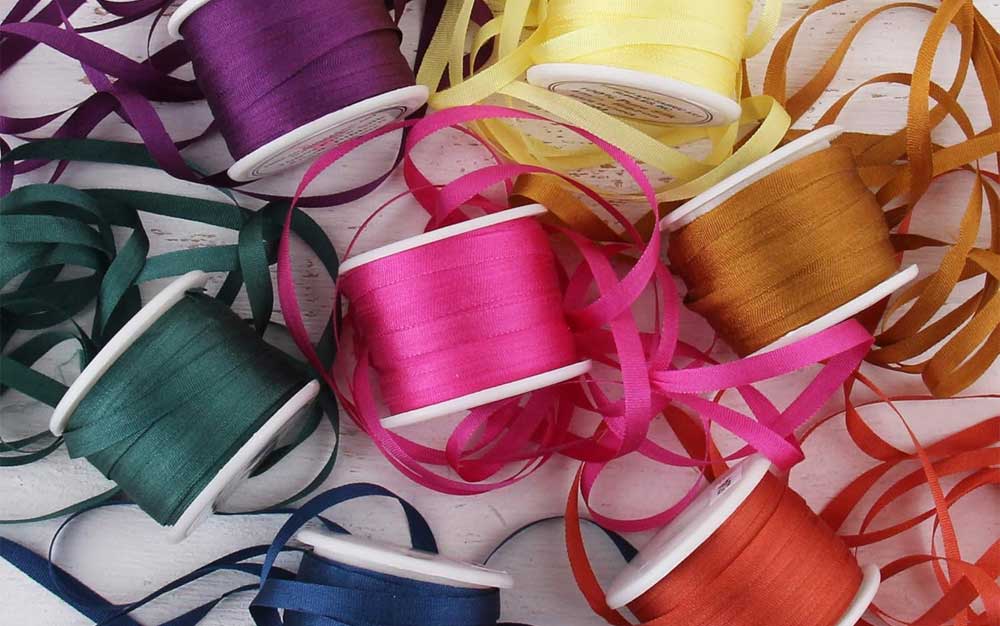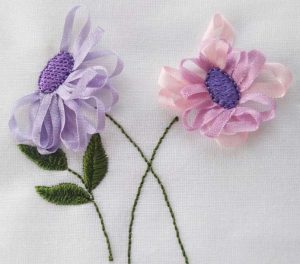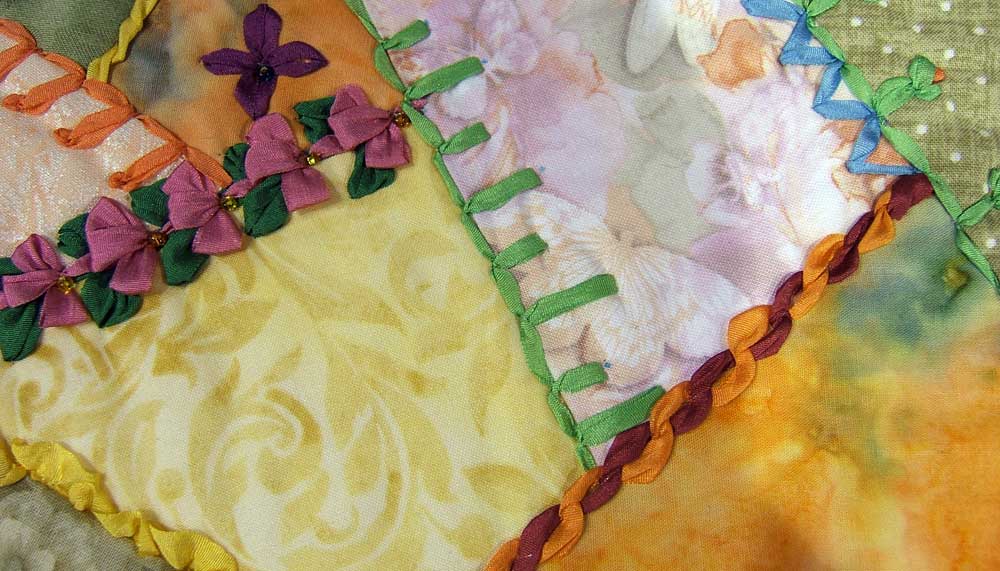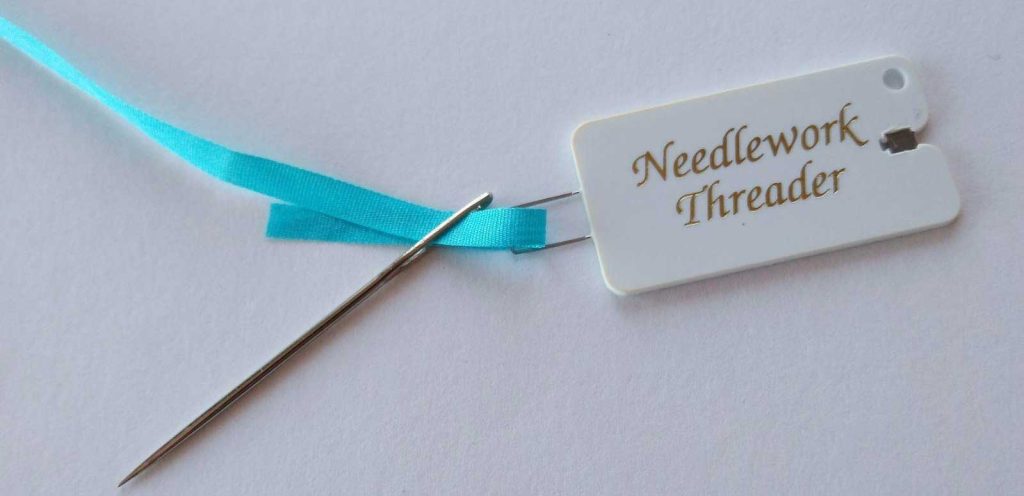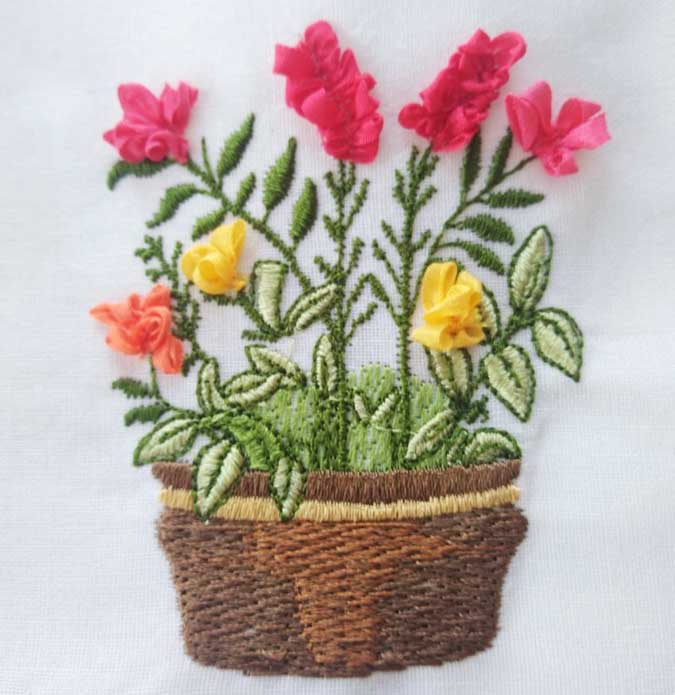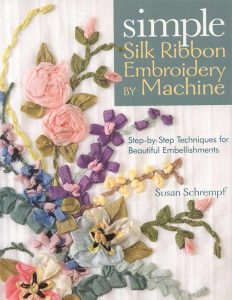Outdoor shade fabrics can create comfortable and shaded spaces in gardens, patios, and other outdoor areas. Frequently used for commercial shade sails, pergola covers, canopies, tents, and awnings, DIY enthusiasts can also purchase the fabric in rolls and easily and inexpensively create shade wherever it’s needed. While providing shade is its typical use, shade cloth is also an affordable way to block sunlight and heat from hitting windows directly, significantly reducing heat gain inside your home. Additionally, it remains breathable, allowing fresh air to pass through the fabric while still providing visibility to the outside.
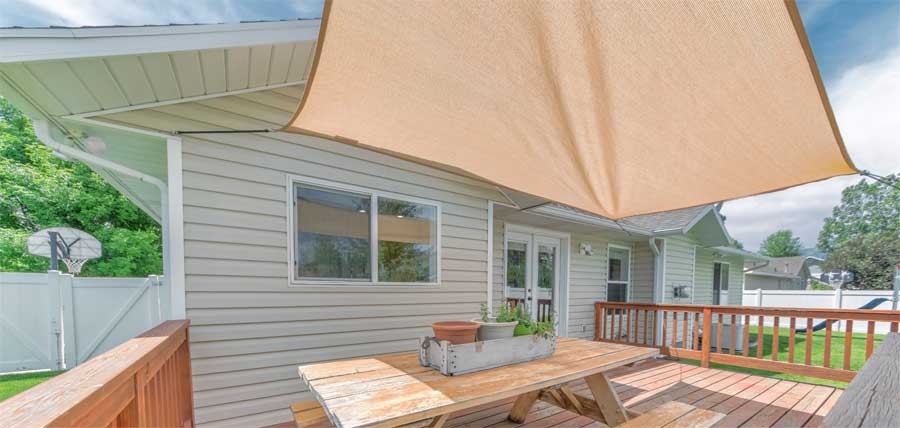
Selecting the Right Outdoor Shade Fabric
Before you begin sewing, it’s important to select the appropriate fabric. Outdoor shade fabrics are designed to withstand harsh weather conditions, including UV rays, rain, and wind. Some popular types include:
- Polyester Mesh: This fabric is durable, breathable, and resistant to UV rays. It’s ideal for creating shade sails and patio covers.
- Acrylic Fabric: Known for its resistance to mold and mildew, acrylic fabric is perfect for awnings and pergola covers. It’s also water-resistant and comes in a variety of colors and patterns.
- PVC-Coated Polyester: This fabric is highly durable and waterproof, making it suitable for areas with heavy rain. It’s commonly used for canopies and tarps.
Coolaroo shade fabric is a popular choice, as well as brands such as NCSNA, Vigoro, and others. Shade fabric is available in rolls of different widths, lengths, and colors in home and garden stores, or online retailers such as Amazon. When choosing a fabric, consider the specific needs of your project, such as the level of shade required, the weather conditions in your area, and the aesthetic you want to achieve.
When planning your project, remember that the coated (shiny) side should always be installed facing the sun.
Outdoor shade fabrics also come with varying levels of UV protection, which is an essential factor in determining how effective they are at blocking harmful ultraviolet (UV) rays from the sun. The UV qualities of shade fabric are typically measured by two main factors: UV Block Percentage and Ultraviolet Protection Factor (UPF).
UV Block Percentage
The UV block percentage indicates how much of the sun’s UV rays the fabric can block. For example, if a fabric has a UV block percentage of 90%, it means that 90% of the UV rays are blocked, and only 10% pass through the fabric. The UV block percentage is directly related to the density and weave of the fabric:
- Low UV Block (50-70%): These fabrics provide some shade and minimal UV protection. They are more breathable and allow more light to pass through, making them suitable for areas where light is desired but full sun exposure is not.
- Medium UV Block (70-90%): These fabrics offer a moderate level of UV protection and are commonly used for patio covers, pergola shades, and shade sails. They provide a good balance between light filtration and sun protection.
- High UV Block (90-98%): Fabrics with a high UV block percentage offer significant protection against UV rays, making them ideal for areas where maximum sun protection is required, such as playgrounds, pools, or areas with high sun exposure.
Ultraviolet Protection Factor (UPF)
The UPF rating indicates how much UV radiation a fabric allows to reach the skin. It is similar to the SPF (Sun Protection Factor) rating used for sunscreens but applies to fabrics:
- UPF 15-24: Provides good UV protection, blocking 93.3% to 95.9% of UV radiation. Suitable for fabrics that offer some protection but are not intended for extended periods of sun exposure.
- UPF 25-39: Provides very good UV protection, blocking 96.0% to 97.4% of UV radiation. These fabrics are effective for general outdoor use where moderate sun protection is needed.
- UPF 40-50+: Provides excellent UV protection, blocking 97.5% to 99% of UV radiation. Fabrics with a UPF of 50+ offer the highest level of protection and are recommended for areas with intense sun exposure or for individuals with sensitive skin.
Fabric Characteristics Affecting UV Qualities
Several characteristics of the fabric influence its UV protection levels:
- Weave Density: Tightly woven fabrics tend to offer better UV protection because they allow fewer UV rays to penetrate through the small gaps in the weave.
- Color: Darker colors generally absorb more UV rays than lighter colors, which can result in higher UV protection. However, darker colors still allow heat to penetrate. White or lighter colors will reflect heat.
- Material: The type of material (e.g., polyester, acrylic, PVC-coated) affects the UV protection. Synthetic materials like polyester and acrylic often provide better UV protection compared to natural fibers.
- Coatings and Treatments: Some fabrics are treated with UV inhibitors or coatings that enhance their UV protection. These treatments can significantly increase the fabric’s ability to block UV rays.
Application-Specific UV Qualities
Different outdoor shade fabric applications may require different levels of UV protection:
- Shade Sails: Typically require high UV block percentages (85-98%) and UPF ratings of 30-50+ to protect against the sun’s rays effectively.
- Awnings and Pergola Covers: Often use fabrics with medium to high UV protection, depending on the level of shade and sun exposure desired.
- Canopies, Tents, and Window Shades: May require fabrics with the highest UV protection (90-98% UV block, UPF 40-50+) to provide shelter in exposed areas and minimize heat intrusion.
Thread
 To ensure your shade cloth project holds up to the weather, it’s crucial to use UV-resistant polyester thread, such as the Coats Outdoor Living thread, which is designed to withstand prolonged exposure to sunlight. Polyester thread is also resistant to mold, mildew, and moisture, making it ideal for outdoor applications and ensuring that the seams hold up well, even under tension or in harsh weather conditions. Alternatively, you can use ‘lifetime threads’ that are crafted from polytetrafluoroethylene (PTFE) and are commonly used by shade sail manufacturers. PTFE lifetime threads are typically available from marine supply stores.
To ensure your shade cloth project holds up to the weather, it’s crucial to use UV-resistant polyester thread, such as the Coats Outdoor Living thread, which is designed to withstand prolonged exposure to sunlight. Polyester thread is also resistant to mold, mildew, and moisture, making it ideal for outdoor applications and ensuring that the seams hold up well, even under tension or in harsh weather conditions. Alternatively, you can use ‘lifetime threads’ that are crafted from polytetrafluoroethylene (PTFE) and are commonly used by shade sail manufacturers. PTFE lifetime threads are typically available from marine supply stores.
Needle Size
A size 90 to 110 needle, such as the kind used for working with denim, upholstery fabrics, PVC, and vinyl, can be used for shade cloth.
Steps
Decide on Mounting: Determine how your shade cloth will be mounted. Grommets, D-rings, or shade clips can be used to attach to structures. If you’ll be using them as window shades, plan for rod openings at the top and bottom, and use tension rods to mount inside the window frame.
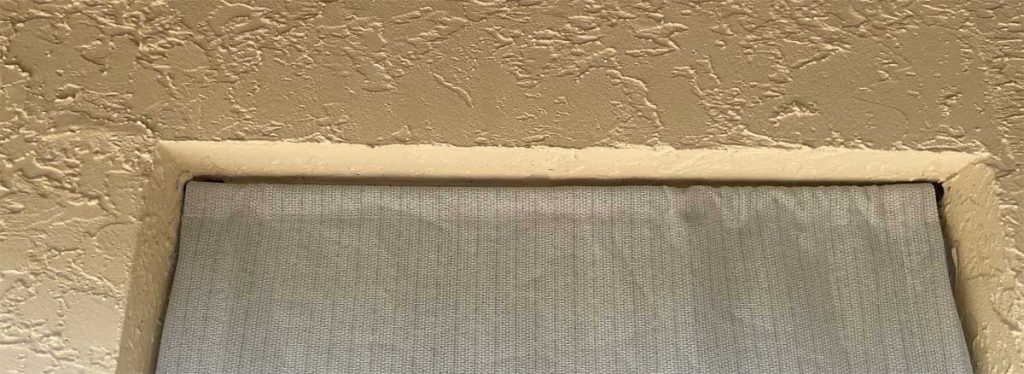
- Measure and Cut the Fabric: Start by measuring the area where the shade fabric will be installed. Add extra inches to each side for hems, seams, and pockets (if being used with a rod). Use heavy-duty scissors or a utility knife to cut the fabric.
- Hem the Edges: Because the fabric doesn’t fray, you could leave the cut edge; however, a 1 1/2″ to 2″ fold provides sturdiness to all sides and also provides solid anchor points. A single fold is sufficient if grommets aren’t being used. A double-folded hem will provide strength and durability to the fabric for mounting hardware. Stitch using either a straight or zig-zag stitch. Alternatively, edge binding can be used to reinforce the edges.
- Rod Pocket: If using as window shades, sew an open pocket at the top and bottom for your rods.
- Reinforce the Corners: Corners are often the weakest points in shade fabrics, so reinforcing them is crucial. Cut small pieces of reinforcement tape or webbing and sew them onto the corners of the fabric. This will prevent tearing and provide extra strength where the fabric will be attached to a structure.
- Test the Fit: Once you’re satisfied with the fit, install the shade fabric in its final location. Use ropes, cables, or other fasteners to secure the fabric to the structure. Make sure the fabric is taut to prevent sagging and ensure it provides maximum shade.
If using the shades for your windows, install them on the OUTSIDE of your windows to prevent the heat from transferring through the window into your room.
As temperatures rise, a shade sail, cover, or window shade will help keep you and your home cool and comfortable, allowing you to customize your outdoor spaces according to your needs and style.






